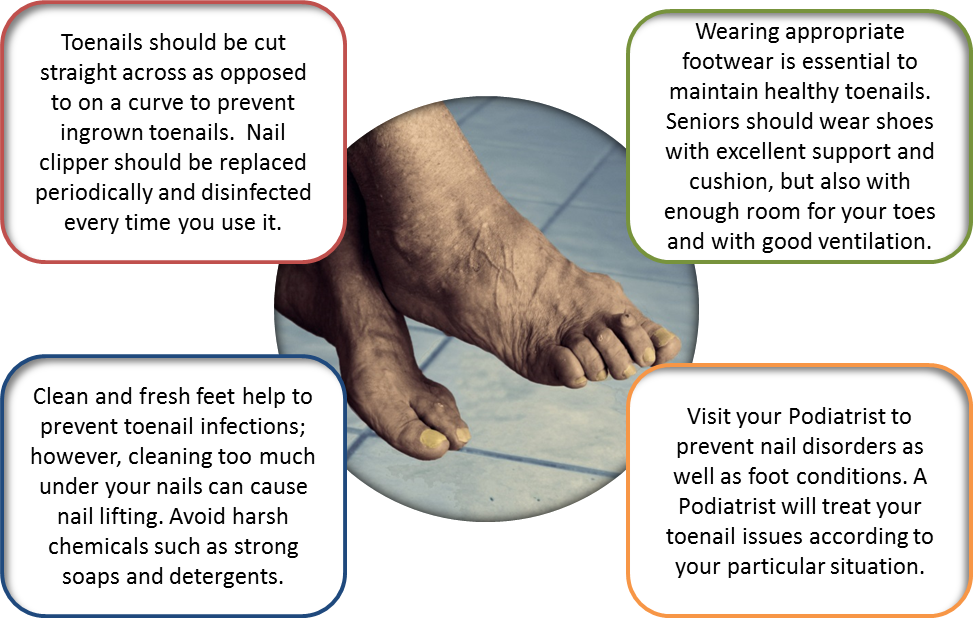|
Nail Disorders
Fungal Nails or Onychomycosis
According to the Canadian Nail Fungus Resource, Onychomycosis is “a fungal infection, usually of the toenails, that is progressive and generally does not go away on its own. Fungal nail infections are estimated to account for up to 50% of all nail problems, making it a very common concern. The numbers are thought to be higher for the elderly.” Risk Factors
Treatment Treatment for fungal infection includes anti-fungal preparations and professional trimming, shaping and care of the toenail. It is important to treat fungal infections, since they can lead to skin problems, spread to other parts of your foot and cause permanent damage to your toenails. Injuries & Traumas Toenail injuries and traumas can happen for many reasons: closing the toe in a door or drawer, someone stepping on your foot, use of ill-fitting shoes, nail biting and cuticle biting, or even a splinter under the nail. Injuries and traumas can cause the toenail to split, crack, lift, deform, bruise, pain and even smell bad. Treatment for toenail injuries and traumas in seniors varies according to the cause and if there is a chronic disease or other nail and foot conditions present. |
Growth Rate Studies have shown differences in nail growth rates before and after the age of 40; as the nail growth rates slow, nails are exposed to more environmental influences that affect the appearance and strength of the nails and, since our toenails grow about three times slower than our fingernails, our toenails are more prompt to changes, infections and conditions. Appearance
A healthy toenail plate is pink; with time, it looks yellow due to certain factors such as nail polish, medications, skin problems, cigarette, smoking, injuries and infections.
Nail lifting refers to the separation of the nail from the nail bed (Hyponychium) making it look white. This separation creates a space under the nail which makes room to gather dirt and water. When dirt and water start accumulating in this zone, risks of infection and fungus increase. Nail lifting might occur due to skin conditions such as psoriasis, diseases such as thyroid, injuries and even to the over cleaning under the nails.
Having thick toenails can be sometimes painful, if it is caused due to infections. There are several reasons for thick toenails including fungal infections, injury, psoriasis and many others. Some of the symptoms of thick toenails include yellowing, swelling and inflammation. Take care of your toenails! See a Podiatrist!
|



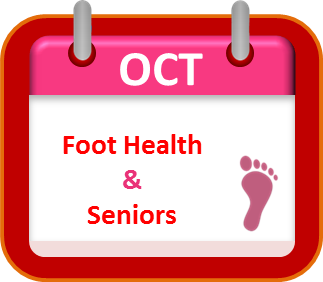
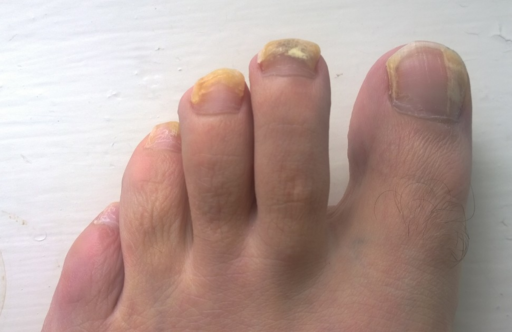
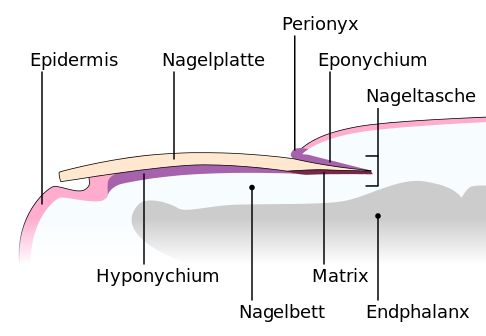 With age, our body changes significantly; wrinkles in the skin, weight loss, white hair, etc. all are signs of aging and lots of people are aware of those signs; however, no many are aware of the changes in their nails. Toenail problems can affect people of all ages, but tend to be more common in older people.
With age, our body changes significantly; wrinkles in the skin, weight loss, white hair, etc. all are signs of aging and lots of people are aware of those signs; however, no many are aware of the changes in their nails. Toenail problems can affect people of all ages, but tend to be more common in older people.